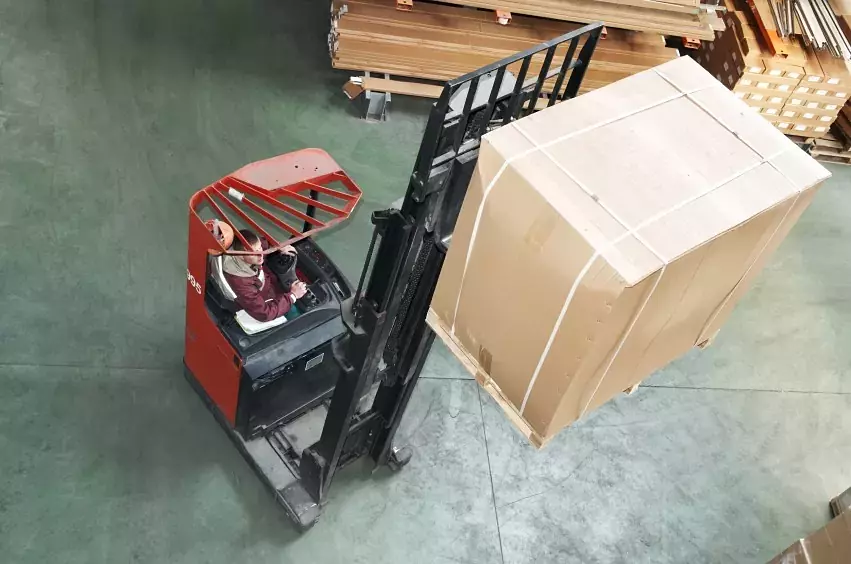 There’s no shortage of routine tasks when it comes to forklift maintenance and fleet management. Truck abuse and aging equipment are both threats to overall efficiency, but most companies expect these expenses. This article will focus on some of the “unexpected” expenses that can be avoided or minimized with an efficient lift-truck fleet.
There’s no shortage of routine tasks when it comes to forklift maintenance and fleet management. Truck abuse and aging equipment are both threats to overall efficiency, but most companies expect these expenses. This article will focus on some of the “unexpected” expenses that can be avoided or minimized with an efficient lift-truck fleet.
Cutting costs and increasing productivity requires change, and according to Allen Polk, manager of national accounts at Kenco Fleet Services, there’s a right way and a wrong way to approach change. Simply identifying the problem is not the same as finding a solution. A healthier approach to making your business more efficient is what Polk calls the “awareness curve.”
This involves four steps: suspicion, data, recognition and change. Following this curve can reduce costs as it is the least expensive and simplest way to fix problems. It’s a strategy that helps business owners plan for the unplanned, improve productivity and safety, and reduce costs.
Consider that strategy as you integrate these tips for managing an efficient forklift fleet:
1. Communicate With Your Forklift Technician
If you have a service provider to maintain your trucks, take advantage of their knowledge and resources. All too often, business owners will notice a problem and call the technician, accepting the cost of labor as a natural part of the industry. “Just get it running again,” they might say.
Next time you need a forklift repair, you can save thousands by asking these questions:
- Is the repair covered under warranty?
- Are there alternatives to repairing the part?
- Has the same repair happened several times? Is there a pattern?
If you notice that the same repair happens in a calendar interval, adjust your planned maintenance (PM) to address the issue before it happens. Ignoring this pattern inevitably will lead to breakdowns, which will halt productivity.
You can make your maintenance schedule even more efficient by scheduling tasks based on hours of operation. But remember: Although neglecting a maintenance schedule can lead to breakdowns, too much servicing is wasteful spending. But if you adjust your schedule based on hours of operation, your maintenance costs can reduce, and your forklift has a minimal chance of breaking down. This is the most efficient approach to servicing.
2. Classify Your Fleet by Age
Brian Markison of Nissan Forklift recommends that companies classify their trucks as aging, intermediate and new. This helps them identify the ideal retirement age for a forklift, which can end up saving thousands.
According to Markison, one of the most common mistakes that businesses make is not maintaining enough capital for expenses. Although most companies want to cut expenses, going too far can end up costing a lot more money. For example, relying on an old fleet and repairs might be more expensive than selling the trucks and investing in new equipment.
Another idea is to set repair-cost thresholds at each age classification and sticking to them. For example, if you have an “intermediate-aged” lift and set aside $3,000 for repairs, and repair costs reach that threshold, selling the lift might be smarter than investing more money.
3. Respect the “Curve”
By building awareness of what’s going on in your facility, what other companies are doing, and which options are available, you are following Polk’s maintenance curve. This information will help you anticipate problems and plan for costs that other companies might not expect.
Today, there are a number of resources available to track expenses. Companies really have no excuse not to understand what’s happening with their fleet.
